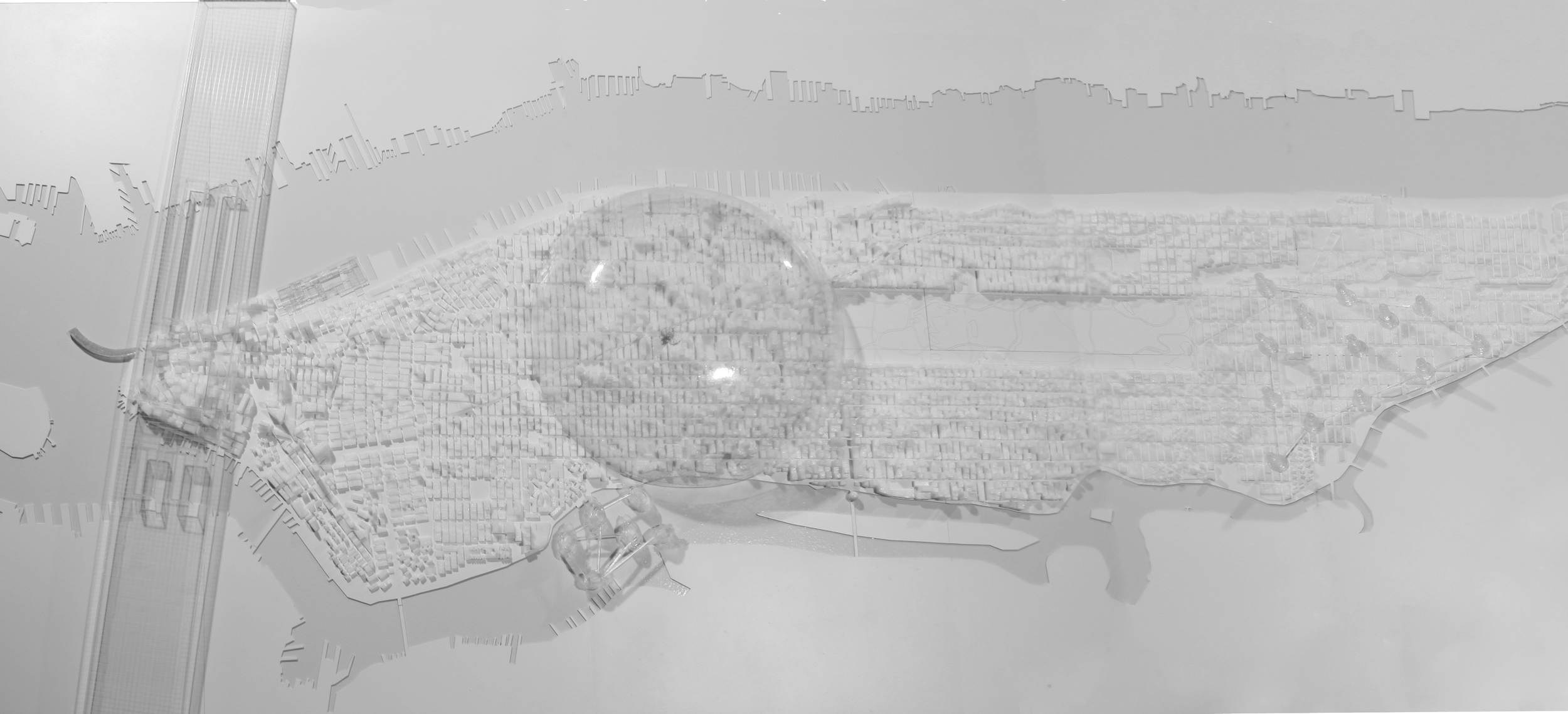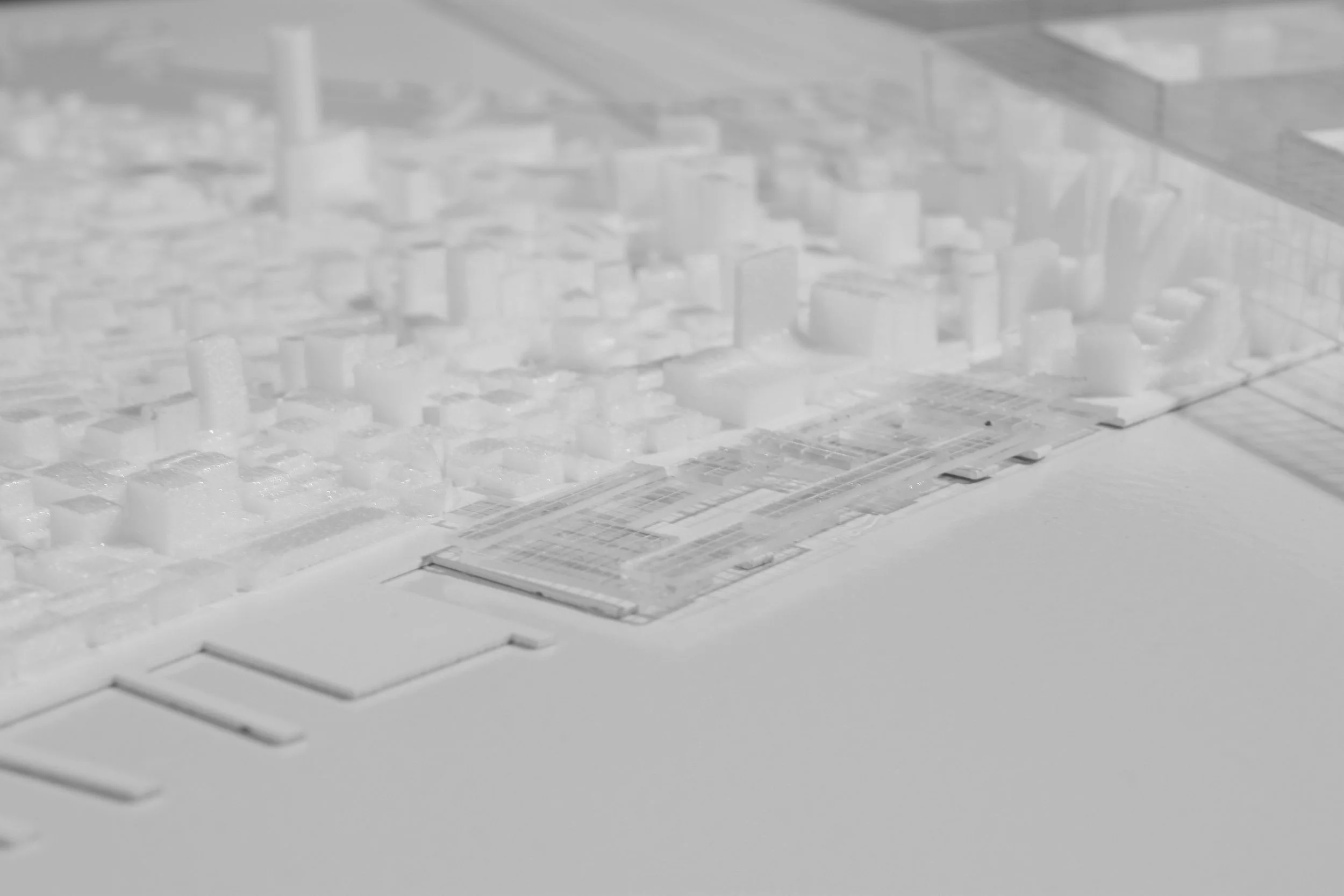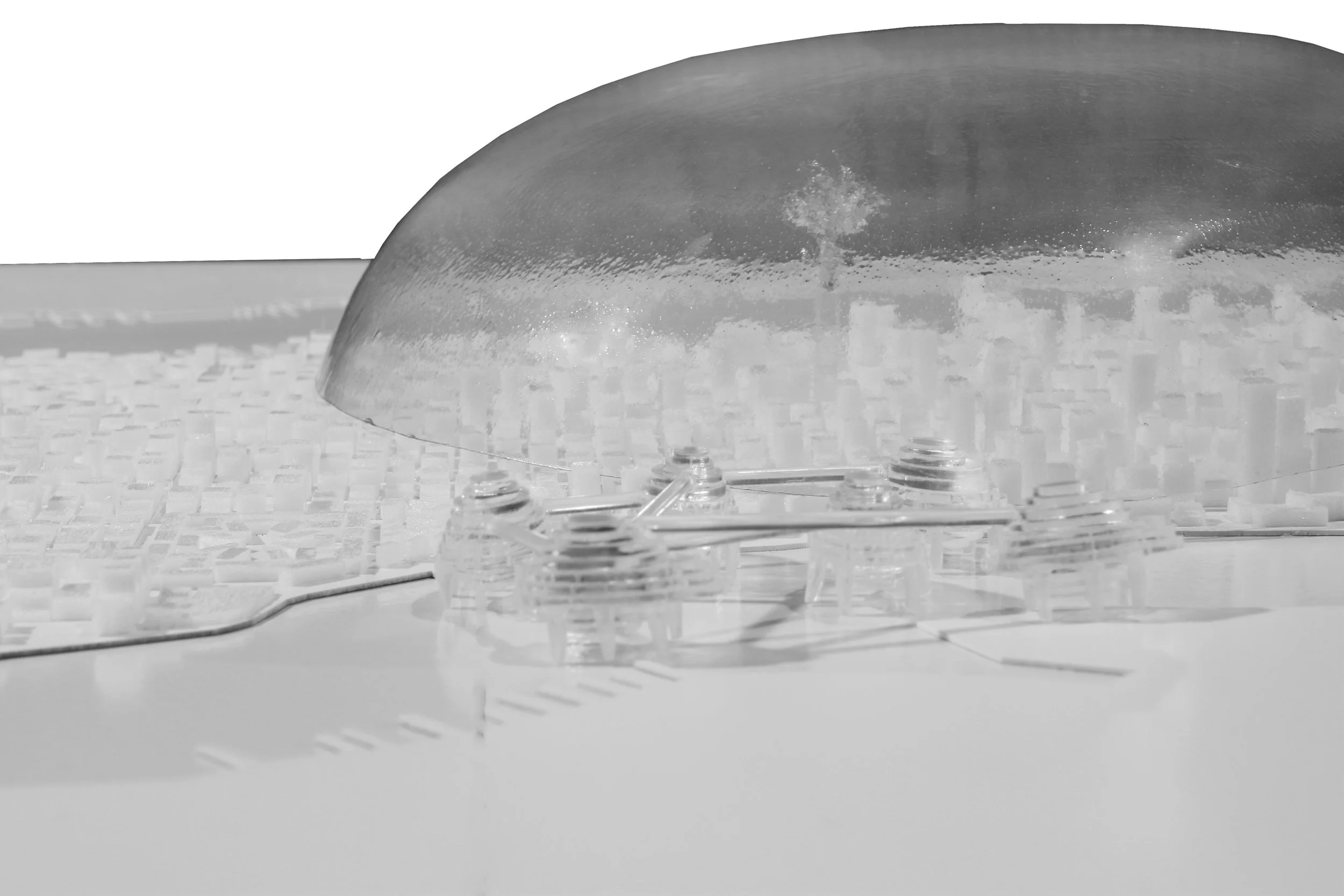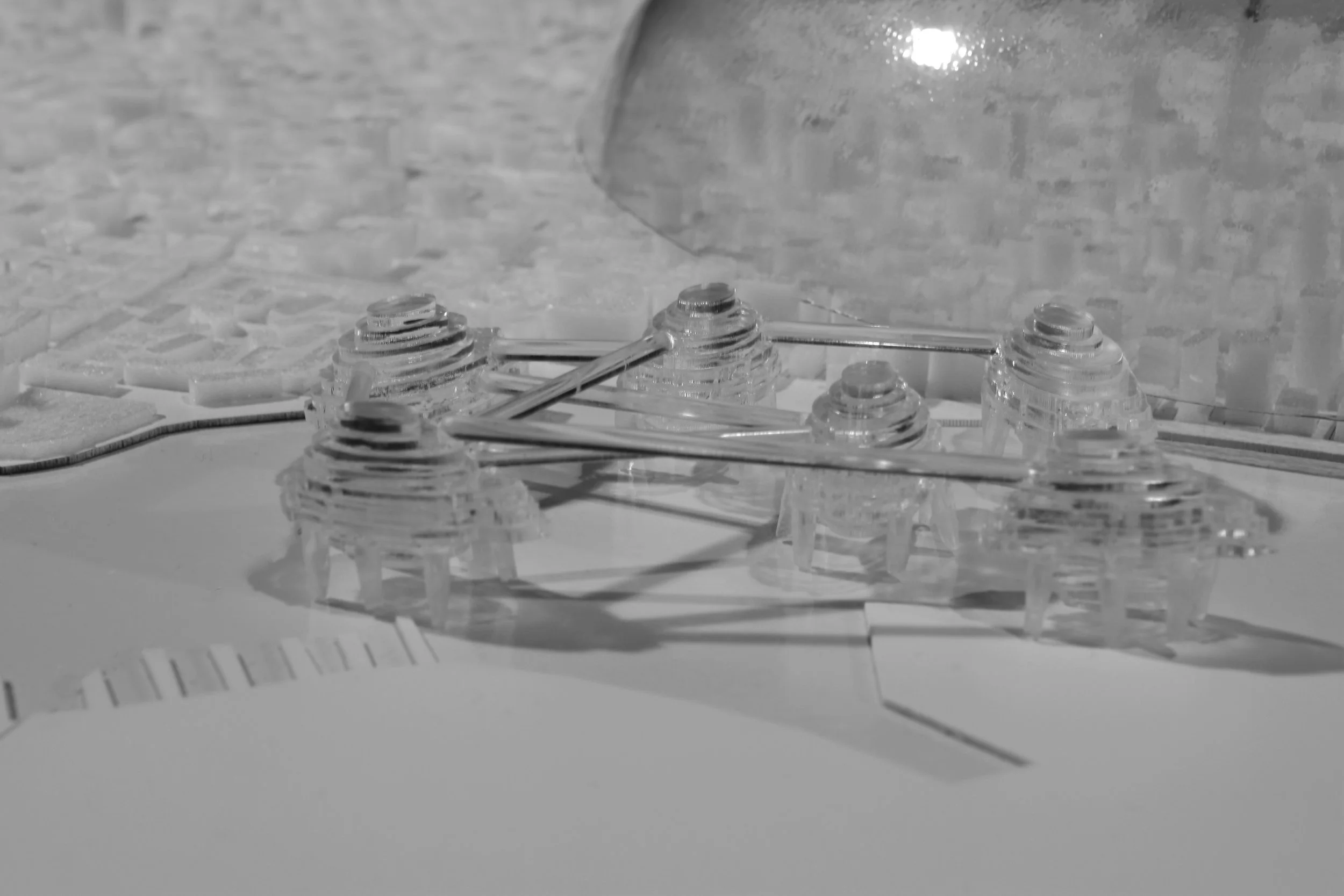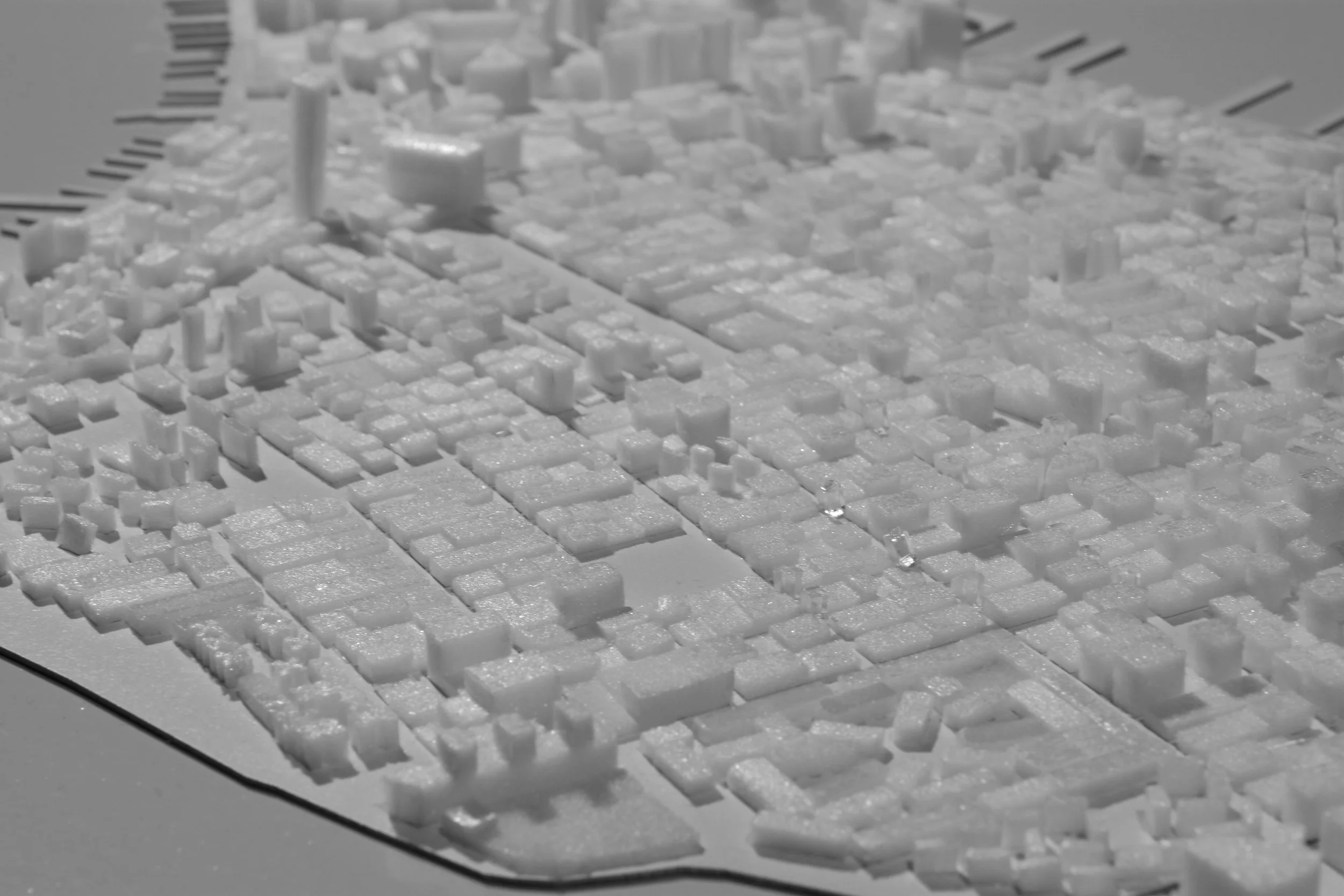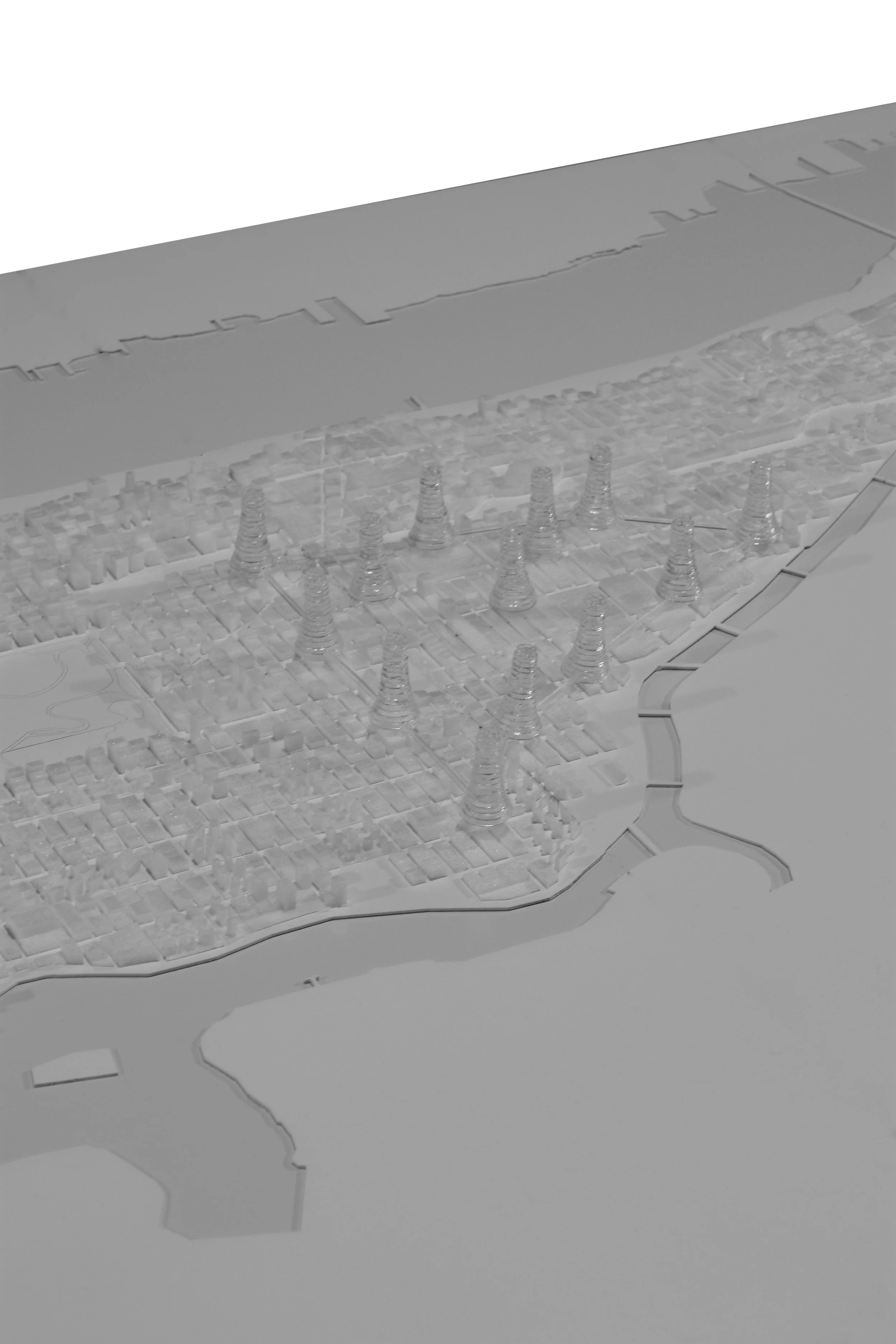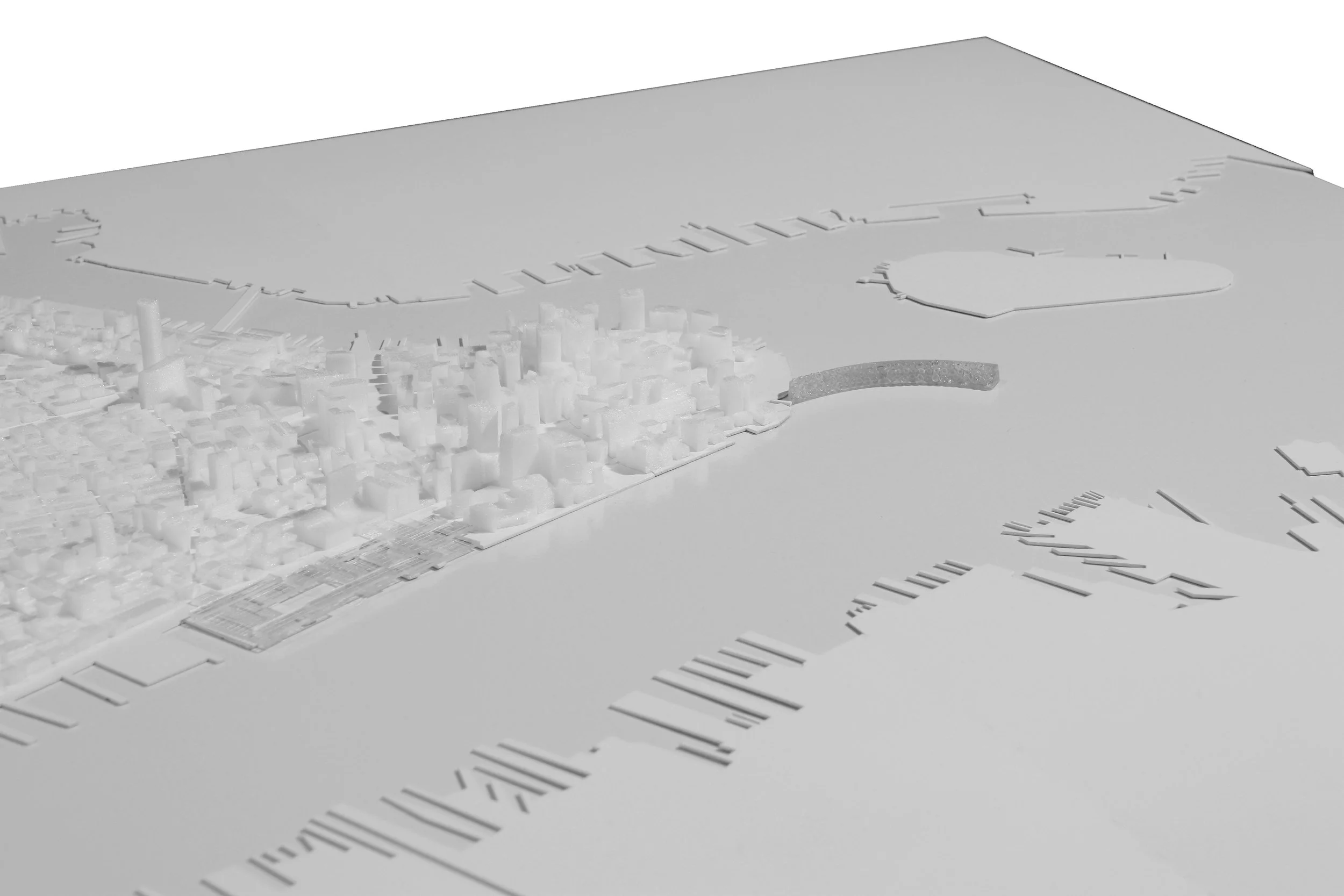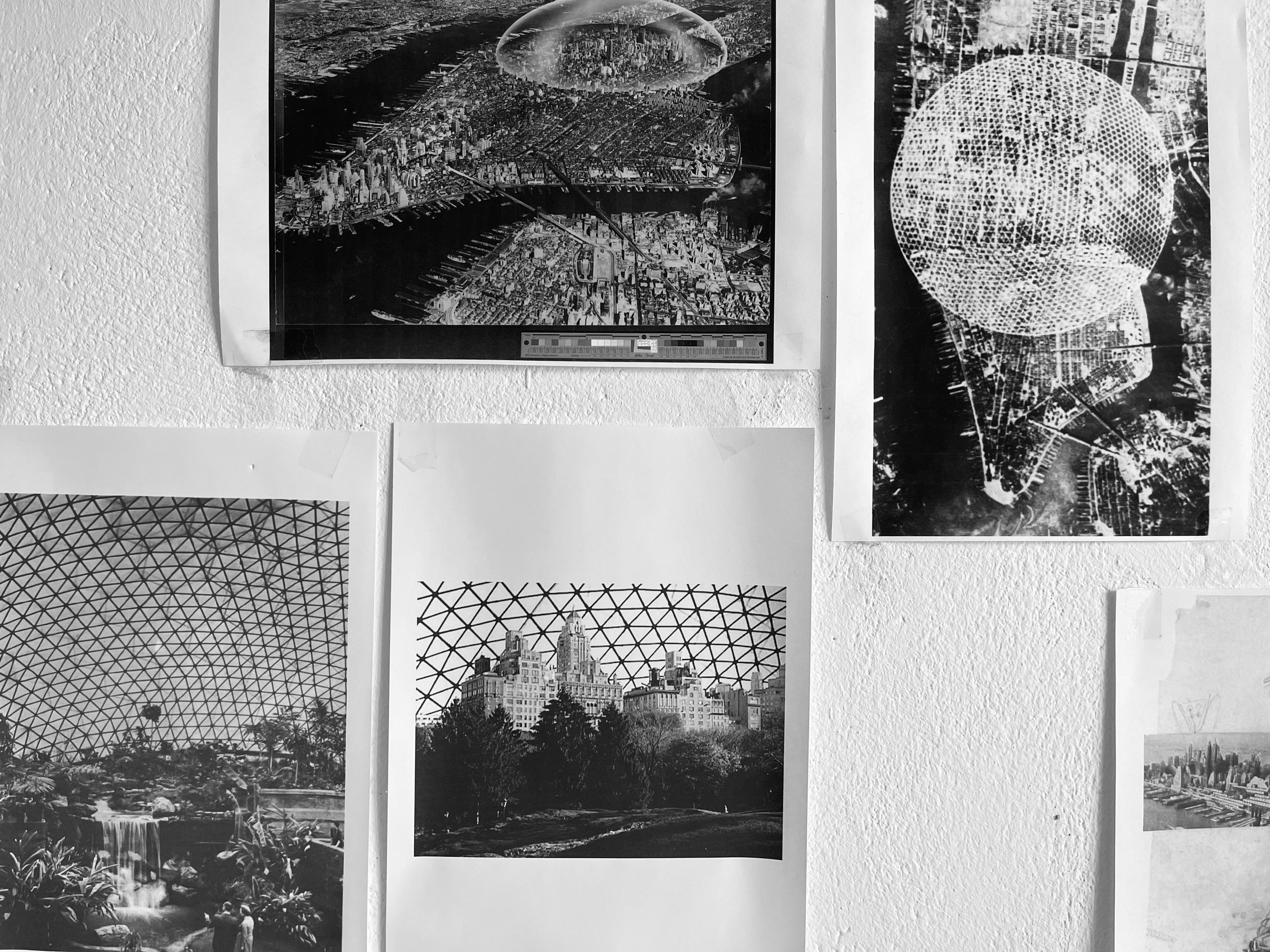


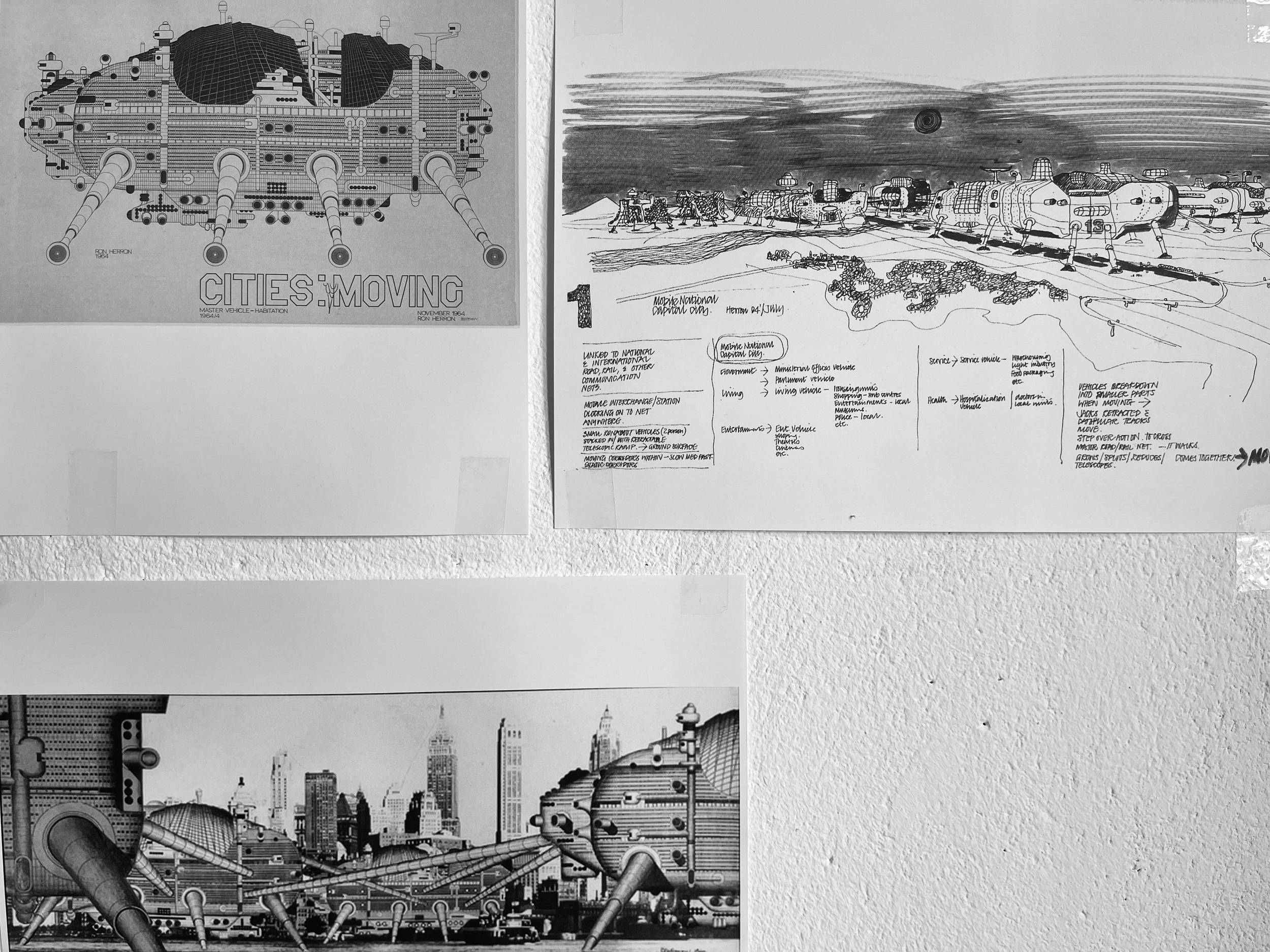

DISSERTATION PROJECT
WELL-TEMPERED NEW YORK (WTNY) - Visionary architecture in the environmental decade
This dissertation examines visionary architecture that addresses environmental concerns in the 1960’s in New York City. Based on the question of how technology, human needs and environment concerns could integrate in architecture as raised by architecture historian Reyner Banham in 1969, this research re-introduces the term “temper” to analyze concepts of selected visionary projects. Since modernism, architecture and urban planning are “discursive practices” about cities, in which the architect takes the role of the “societal visionary” who navigates between the poles of art and reformation of society (Eisinger, 2006). During the “end games” of modernism and industrial culture, some avant-gardist architects experimented with spatial design concepts that critically questioned the architecture and urban design mainstream of the time (Scott, 2007). While Rem Koolhaas identifies Manhattan between 1890 and 1940 as a “mythical laboratory” for the invention and experimentation of an exploitive lifestyle (Koolhaas, 1978) - in the so-called “environmental decade” of the 1960’s, the visions for New York City take a different course: Embedded in discourses on ecology, energy and resources, the city became an experimental landscape of environmentally conscious urban and architectural design. The experimental practitioners included leading international architects and artists groups from Europe and North America. Nourished by the upcoming cultural, social and political discourse on “environment” of the time (Ambasz, 2006), this dissertation analyses how architects modeled concepts for a well-tempered City. Motivated by the discourses of today on the role of architecture in a globally changing climate, the aim of this doctoral research is to re-envision the climate concepts of the environmental decade and to re-write the City's history of possible futures.
